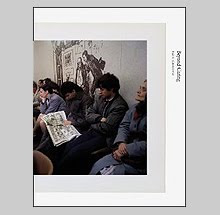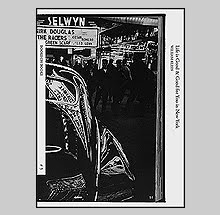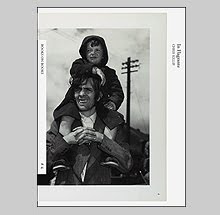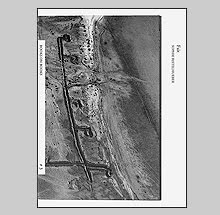Films by Paul Graham

The debate years ago on whether film was "better" than digital ruffled a lot of feathers. The old guard held tight to their precious rolls fearing for their eventual disappearance. The argument was framed in technical details but the simple fact is, it is photography either way and making a lasting image is no easier with digital as it was with film - you just don't have to get your hands wet. Ironically, the negative health effects of photo chemistry is probably about the same as digital if you edit and process files with your radiating "laptop" laying across your groin.
As a printmaker for most of my adult life, I maintain a love for film and the process of developing and printing. It is not "magical" for me nor has it ever been watching images form in chemistry under amber safelights. I simply love the way light reflects off of the paper and sensing the chaos of grain that has built the image. Paul Graham's newest book from Mack books Films is an homage to that basic component of grain which is not so easily mimicked by pixels.
Graham has scanned small portions of his negatives and enlarged them to reveal only the grainy color dyes. These large color fields are as minimalist as he could get away from his usual approach to picture making. Some might be confounded by this book after his celebrated A Shimmer of Possibility but for me, this work fits into a continuum as I see most of his books not only exploring the social landscape but the basic make-up of photography. His books A1 and Troubled Land could been seen as examples of the optics, the precision and depth of field we might expect from large format work. His book Beyond Caring is more reliant on the speed of the shutter to still the goings on in DHSS offices. His book End of an Age embraces the variety of color balance from many light sources as he circles his pirouetting figures. His book American Night amplifies the role of the aperture in his description of what we want to see and what we might be willing to overlook. And now Films brings the microcosm of the physical material to light. As Graham has said of this work, it is a "negative retrospective" of his practice.
Films is beautifully printed in a high-gloss paper stock to mimic the sheen of celluloid. In a few plates I sense he is also employing a bit of Gaussian blur to create cloud-like alternates that one might see if they have not critically focused the enlarger - a potential human "mistake" in the process which digital certainly has put to death. Those small flaws for me translate into a feeling of something crafted by hands from an imperfect medium. Dust and scratches, unevenly aligned enlargers, a tong mark at the edge of paper - maybe those will become new photoshop filters that can be applied at the stroke of a keypad.

















